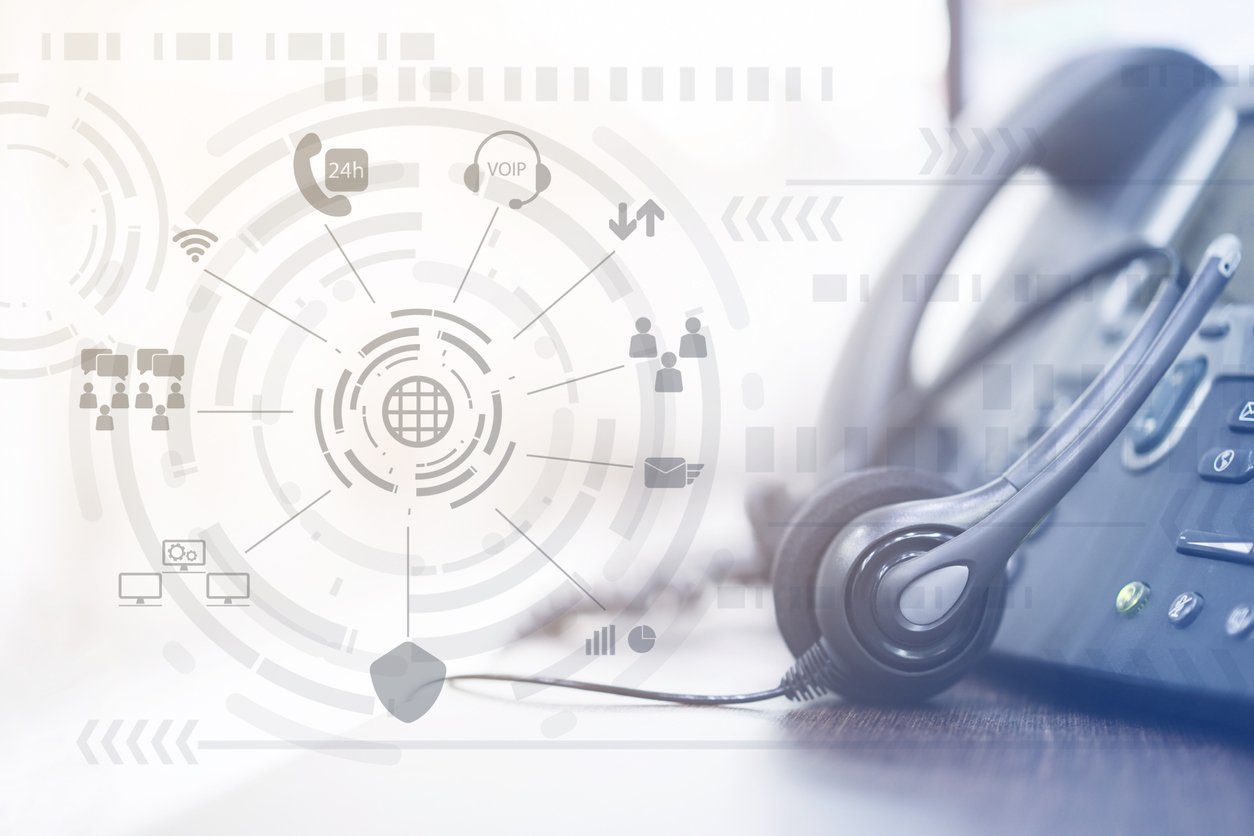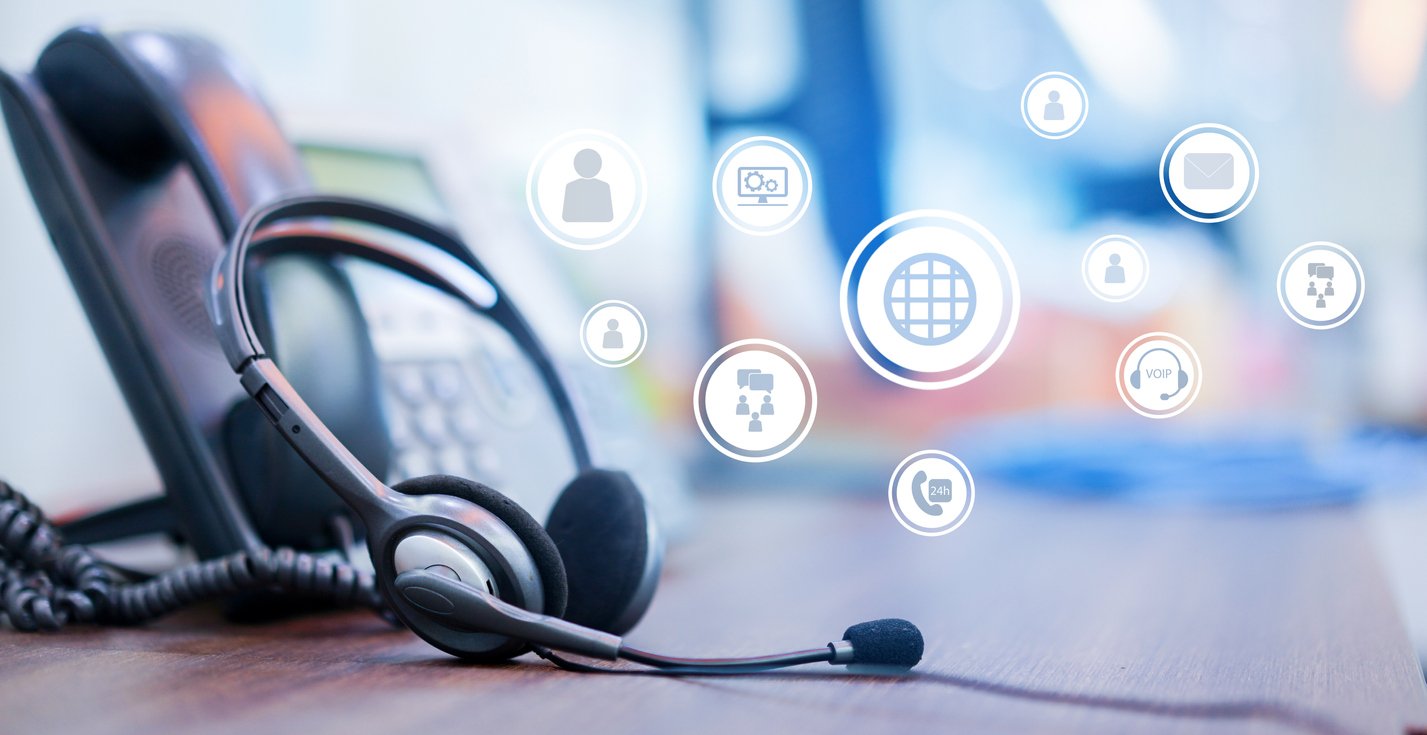
5 Outbound Sales Call Center Challenges & Solutions
 Updated on
Updated on
 By Rob Marquez
By Rob Marquez
Rob Marquez
Originally from Southern California, Rob moved to Denver over 4 years ago to join the Ringy team as a Mobile Engineer. Rob received his BS and MS in C...
learn more
Rob Marquez
Originally from Southern California, Rob moved to Denver over 4 years ago to join the Ringy team as a Mobile Engineer. Rob received his BS and MS in C...
Table of Contents
Table of Contents
If your agents make a sales pitch that sounds like they are reading from a script, guess who notices?
The customer.
And about 78% of customers don't warm up to agents who sound like they're reading from a script (duh).
Call scripts are useful prompts that provide a template for sales agents at an outbound sales call center to tackle customer interactions. Still, by over-relying on them, reps sound monotonous and insincere.
So, you need to train your team to avoid jargon and buzzwords and practice active listening so they don't come across as disengaged.
Empowering your team to go off-script when the need arises is another good way to deal with this frequently encountered problem.
This blog post will look at similar outbound sales call center challenges and their solutions.
Outbound Sales Call Center Environment Explained

An outbound sales call center makes calls to customers. This includes cold calls, lead generation, telesales, and upselling.
An outbound call center reaches out to customers and leads for proactive support, sales, or collections. It helps in managing high call volumes and ensuring larger customer outreach.
For new customers, outbound sales call centers to operate in telesales and telemarketing campaigns. But for existing customers, the focus of such call centers shifts to customer support services to make sure that they turn into loyal customers.
Difference Between Outbound Sales Call Centers and Contact Centers
While the terms "outbound sales call center" and "contact center" are sometimes used interchangeably, there are key distinctions between the two. Understanding these differences is crucial for businesses looking to leverage these services effectively.
Core Function:
- Outbound Sales Call Centers: Focus on making outgoing calls to generate leads, qualify prospects, and ultimately close sales. They utilize outbound dialing services to efficiently connect with a large number of potential customers. These centers measure success through metrics like call connect rates, appointments set, and deals closed.
- Contact Centers: Handle a broader range of customer interactions, including both inbound (receiving calls from customers) and outbound communications (initiated by the company). They can encompass various channels like phone calls, emails, live chat, and social media. The goal of a contact center can be customer service, technical support, or even outbound sales, depending on the specific needs of the business.
Agent Skills and Training:
- Outbound Sales Call Center Agents: Possess strong sales skills and product knowledge. They are adept at handling objections, building rapport with potential customers, and delivering compelling sales pitches. Training focuses on effective communication, sales techniques, and navigating common customer concerns.
- Contact Center Agents: May have a wider range of skillsets depending on the specific function of the center. For inbound customer service, agents need patience, problem-solving skills, and the ability to de-escalate situations. For outbound sales within a contact center, the skillset may overlap more with a traditional outbound sales call center agent.
Technology and Tools:
- Outbound Sales Call Centers: Often leverage automated dialing software to improve efficiency and connect rates. They may also utilize Customer Relationship Management (CRM) systems to track leads, manage customer data, and measure campaign performance.
- Contact Centers: Employ a wider variety of communication tools to facilitate interaction across multiple channels. This may include email management software, live chat platforms, and social media monitoring tools. They may also utilize CRM systems, but with a broader focus encompassing the entire customer journey.
Choosing the Right Partner:
- Outbound Sales Focus: If your primary goal is generating leads and closing sales, an outbound sales call center can be a good choice. Look for a center with a proven track record in your industry and experience using outbound dialing services effectively.
- Multifaceted Approach: If you need to manage both inbound inquiries and outbound outreach, a contact center might be a better fit. Consider your specific needs and choose a center with the appropriate skillsets, technology, and omnichannel capabilities to deliver a seamless customer experience.
Key components of an Outbound Call Center
The main aim of outbound sales companies is to increase sales by targeting existing and potential customers.
Three main components of an outbound sales call center are:
- Operations: mostly sales (and related functions) along with customer and client service
- End-users: prospects and existing customers
- Agents: sales reps may be on-site, remotely working, or in a third-party set-up
5 top outbound call center metrics
Agents at outbound call centers make dozens of calls every day to sell products or services, provide information, or collect research.
Call centers need to know how effective and productive agents are in their daily work. There are various outbound call center metrics to measure agent performance in a call center environment.
Let's look at the top 5 outbound call center metrics:
1. Answer success rate
Answer success rate (ASR) is the ratio of the successfully connected calls to the number of attempted ones. A higher ASR means the call center is able to connect with more customers.
2. Average handling time
Average handling time (AHT) is the time an agent takes to complete a call or a session. A shorter AHT is desirable and usually means the agent is an effective communicator.
3. Occupancy rate
Occupancy rate is defined as the time an agent spends on call-related activities compared to the agent's idle time. A low occupancy rate suggests a low pace of work.
4. Calls per agent
This gives a sense of how often an agent is on the job. Calls per agent show how close the agent is to the average number of calls.
5. Conversion rate
The conversion rate shows the average number of conversions per phone call. This metric helps outbound call centers monitor their leads and determine who may be interested in the company's product.
Outbound Sales Call Center vs. Inbound Sales Call Center

The difference between inbound and outbound sales boils down to who initiates the sales relationship. Inbound sales are started by the prospect, while sales representatives start the outbound sales process by contacting the prospect first.
Call centers don't always exclusively cater to either outbound sales or inbound sales. Many call centers use a mixed approach of inbound and outbound sales to expand their pipeline.
Here are two other ways inbound and outbound call centers differ:
The sale strategy's focus
In inbound sales, the focus is on building relationships with leads and supporting them throughout the buyer journey.
In the outbound approach, at least initially, the emphasis is on reaching out to as many potential customers as possible through techniques like cold calling or cold emailing and driving conversions more directly.
But eventually, once a potential customer starts to show interest, inbound and outbound sales strategies start to merge.
A matter of content
Inbound sales needs dreamy content. A video that attracts half a million views. A blog post by a top influencer to beat all blog posts. That kind of stuff. Alas, there are various schools of thought on what is the best content marketing strategy. Entire book shelves have been written on this.
But, on the other hand, it's wrong to assume that the opposite of carefully curated content (inbound) is to dial random phone numbers (outbound). Outbound callers need a list to call. It could be based on Facebook profiles, demographics, age group, whatever, but there is basic filtering that happens in all outbound calls. Yes, even in cold calling.
Which one has the edge?
The traditional idea of approaching the customer (cold calling, for example) has decreased in popularity. Inbound selling is seen to be more closely aligned with the needs of today's buyers, who prefer using self-help and doing their own research.
Inbound sales are more attractive because you can't go wrong with building relationships before selling someone something, right?
Well, the answer is more complicated. The fact is that outbound sales continue to be very relevant. Many future customers will respond positively to a sales call made the right way. Giving up on outbound calling means losing big time on sales – and revenue.
Not every small company has the resources for a sophisticated awareness campaign, which is important in the inbound scheme. Also, even with the best inbound efforts, not every customer will be covered. That's where outbound comes in.
It's not either/or, but both together
Inbound or outbound is a method to draw in a potential customer. But once a lead expresses interest in your product or service, the sales rep's skill counts, just like in the good old days.
This is to say that it's best to mix and match inbound or outbound sales. Certainly, from the point of view of a call center, you can always have some cold-calling experts do what they're best at – create customers where none existed.
What percentage of your team should be doing purely outbound sales calls? Well, you'll have to figure that out depending on the kind of training your staff has received and what you're selling.
So, let's sum this up:
|
Inbound Sales |
Outbound sales |
|
|
Focus |
A relationship is carefully built before getting into the actual pitching and selling |
Before leads are contacted, they are effectively strangers |
|
How the process starts |
Content marketing |
Getting a generic master list of people who might be interested in the product or service |
|
Advantages |
|
|
|
Closing a sale |
After a point in the sales cycle, it will boil down to an agent's selling skills, no matter how enticing the initial content was. |
This is where there is hardly any difference between inbound and outbound. A closed sale is closed sale is a closed sale. |
Outbound Dialing Service
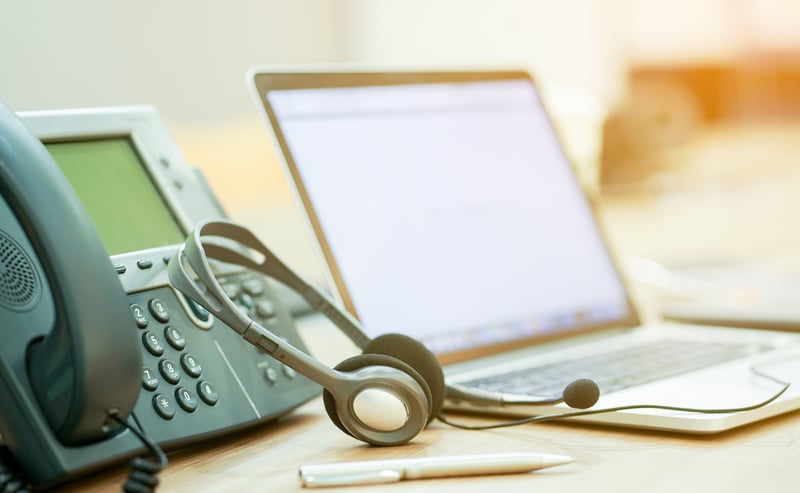
An outbound dialing service may be defined as the process of using a phone to dial an external line. Additional services like automated outbound dialing can enhance the productivity of your operation.
Third-party call centers often run product-awareness or marketing campaigns on behalf of a client.
Another type of outbound dialing service is when a company automatically dials the numbers of customers or clients with a pre-recorded message.
Depending on the type of call center operations, outbound dialing services may be broadly divided into telesales, lead generation, qualifying leads, and upsell and cross-sell.
|
Outbound Dialing Services |
What it does |
|
Telesales |
|
|
Lead Generation |
|
|
Qualifying Leads |
|
|
Upsell and Cross-Sell |
|
|
Reminder and Welcome Calls |
|
|
Surveys and Market Research |
|
What is an outbound dialer?
An outbound dialer is a piece of software or a cloud-based system that enables sales agents to make outgoing calls automatically. It dials numbers and connects agents. If the number is busy or goes to voicemail, the dialer moves on to the next number on the list. It reduces manual work so agents can focus on the main aspect of the job: selling
Benefits of an outbound dialer
1. Less idle time
Auto dialers minimize idle time as only answered calls are routed to agents. This helps agents save time and attend to more calls. There are four basic kinds of auto dialers:
- Predictive
- Power
- Preview
- Progressive
2. Real-time monitoring and training
Real-time dashboards improve the decision-making of the team manager. Outbound dialers provide quick access to call recordings. This enables managers to monitor agents' performance and provide training for future calls.
3. Extended agent talk time
With low idle time and a better call connect ratio, sales agents spend most of their time with prospects and customers. So the dialer increases agent talk time, leading to better customer engagement and higher productivity.
4. Boost to operational efficiency
Wastage such as excessive wait time, misdialing and call drops are all taken care of by the dialer, making it a very efficient operation.
5. Better lead conversion ratio
Auto dialers, like predictive dialers, provide an overview of customers' key details before the call. This helps the agents prepare for the call before getting connected and deliver personalized service.
5 Outbound Sales Call Center Challenges & Solutions

The exact operations of a call center outbound sales process differ from industry to industry. But most organizations can have outbound operations for functions like surveying and proactively notifying customers about added services.
Technology plays an important role in addressing some of these challenges. Others may require a greater focus on agent training.
Let's look at five key outbound sales call center challenges and how to address them:
Challenge 1. Connection rates are below target
Connection rate is the percentage of calls made where someone answers the call.
Attempted calls may not result in a conversation due to the following reasons.
- Inaccurate phone number
- Call goes to voicemail
- Customer doesn't recognize the phone number, so they don't pick up
- Dialing is not optimized
Solution
- Predictive dialers increase connection rates by optimizing the pace of dialing based on current data continuously.
- Predictive dialers also help obtain a dynamic call per agent ratio based on actual connection rates. They dial multiple numbers per sales agent simultaneously, increasing successful contacts.
Challenge 2. Meeting legal requirements
Outbound call centers need to comply with laws and regulations like the Telephone Consumer Protection Act (TCPA) and Do Not Call (DNC) registries. Maintaining call center compliance is critical. It needs extensive staff training and the right software. If people are called without consent or numbers are on the DNC list, it can lead to hefty fines.
Solution
- Good dialing software automatically checks numbers against DNC registries and holds back those that shouldn't be called.
- Agents need to be trained about TCPA rules, including not calling a home telephone number before 8 am or after 9 pm in the local time zone, not dialing any emergency telephone line, and not calling a patient room in a hospital.
Challenge 3. Reaching large numbers of customers
Sometimes, call centers need to reach many people quickly and efficiently. For instance, to share a brand new offer with a cut-off date. This kind of proactive communication is important for customers but a challenge to execute given the limited number of agents.
Solution
- An outbound interactive voice response (IVR) system can send recorded messages in large numbers, also personalizing them where possible.
- Those receiving calls can self-service or call a live agent.
Challenge 4. Disengaged agents
Agents are also human. They may feel disengaged or demotivated for many reasons, like a lack of sales conversions. Disengaged agents can lead to higher attrition and harm customer experience.
Solution
- A good dialer ensures that a lack of calls is not a problem.
- But managers should reach out to individual agents with the help of performance management software, personalized performance dashboards, and incentives for higher performance.
- Create a work culture that encourages and empowers agents by providing a better work environment and continuous training opportunities.
Challenge 5. Over-dependence on call scripts
Sales calling scripts have benefits like brand consistency, agent productivity, and improved conversions. But if agents rely too much on scripts, it makes them sound like they are just going through the motions.
Solution
- Empower your agents to go off-script whenever necessary. Train them on how to ask questions to get to the bottom of the problem and how to listen with empathy.
- Scripts should be the starting point for more personalized and genuine customer interactions.
Best Practices for Outbound Calling
Running a successful outbound sales call center requires a strategic approach that balances people, processes, and technology. Here are some key best practices to consider:
Managing People and Processes Effectively
Your team is the engine that drives your outbound sales success. Invest in recruiting, training, and motivating skilled agents who possess strong communication and salesmanship. Develop clear call scripts and processes to ensure consistency and efficiency.
Utilize outbound call center metrics, like average handle time and call connect rates, to identify areas for improvement and optimize your operation.
Utilizing Technology (Like a CRM)
Technology is crucial for empowering your outbound sales team. A robust CRM system like ours serves as the central hub for storing and managing all your customer data. Agents can leverage the CRM to personalize calls, track lead progress, and access relevant customer information in real-time.
Additionally, consider outbound dialing services to automate the dialing process and increase call volume.
Providing Continuous Training and Development
The sales landscape is constantly evolving. Equip your agents with the knowledge and skills they need to stay ahead of the curve. Provide ongoing training that covers product updates, industry trends, and effective sales techniques.
Invest in coaching programs to help agents hone their communication skills and objection-handling strategies.
Ensuring Compliance and Security
Outbound sales calls are heavily regulated. Staying compliant with Telephone Consumer Protection Act (TCPA) regulations and other relevant laws is essential. Develop clear scripting guidelines and procedures to ensure agents obtain proper consent before engaging in sales conversations.
Additionally, prioritize data security by implementing robust measures to protect customer information.
FAQs
"What are outbound sales?"
Outbound sales are where businesses push their message or pitch to their prospects via cold calling, email marketing, social selling, etc. In outbound sales, agents contact leads instead of waiting for prospects to come to them, as is the case with inbound sales. Outbound sales provide highly-targeted outreach and immediate feedback and results.
"What is the difference between BPO and a call center?"
BPO (Business Processing Outsourcing) and call center are used interchangeably, but a call center is a subset of a BPO. A BPO focuses on various tasks like providing legal or accounting support or customer care. On the other hand, a call center mainly focuses on telephone calls. Companies usually outsource outbound sales calls to call centers.
"What is a phone dialer?"
In the context of a call center, a phone dialer is a software system that simplifies the process of outbound calls. Dialers may be manual or automated. Manual dialers are the most basic type of dialers and require agents to dial prospects' phone numbers manually. Auto dialers remove repetitive and error-prone work involved in manually dialing numbers.
"What is the work of an outbound call center agent?"
Call center agents primarily receive inbound calls and make outbound calls. An outbound call center agent contacts people who have made inquiries or customers with concerns about their account, purchase, or product use. Agents often follow scripts when talking with leads and customers. They document customer interactions in a CRM system.
"What is CRM in call center?"
CRM or Customer Relationship Management is a call center technology businesses use to manage interactions and data about past, present, and potential customers. A CRM software efficiently manages customer data to close more deals or improve customer relationships. Agents use CRM systems to personalize customer information and track a customer's history with the organization.
Conclusion
In this blog post, we've learned about the common challenges faced by outbound sales call centers and how to address them effectively.
We have also discussed the differences between inbound and outbound call centers in the context of sales and explained what an outbound dialing service is.
Investing in a quality CRM is one of the best ways to ensure that your outbound call center operations are in top gear and you meet all the industry-specific challenges.
Ringy has the perfect CRM for your business needs. Call us today!

Skyrocket your sales with the CRM that does it all.
Calling? Check. SMS? Check. Automation and AI? Check. Effortlessly keep in touch with your customers and boost your revenue without limits.

Take your sales to new heights with Ringy.
Sales in a slump? Ringy gives you the tools and flexibility you need to capture leads, engage with them, and turn them into customers.
Subscribe to Our Blog
Enter your email to get the latest updates sent straight to your inbox!
Categories
Related Articles





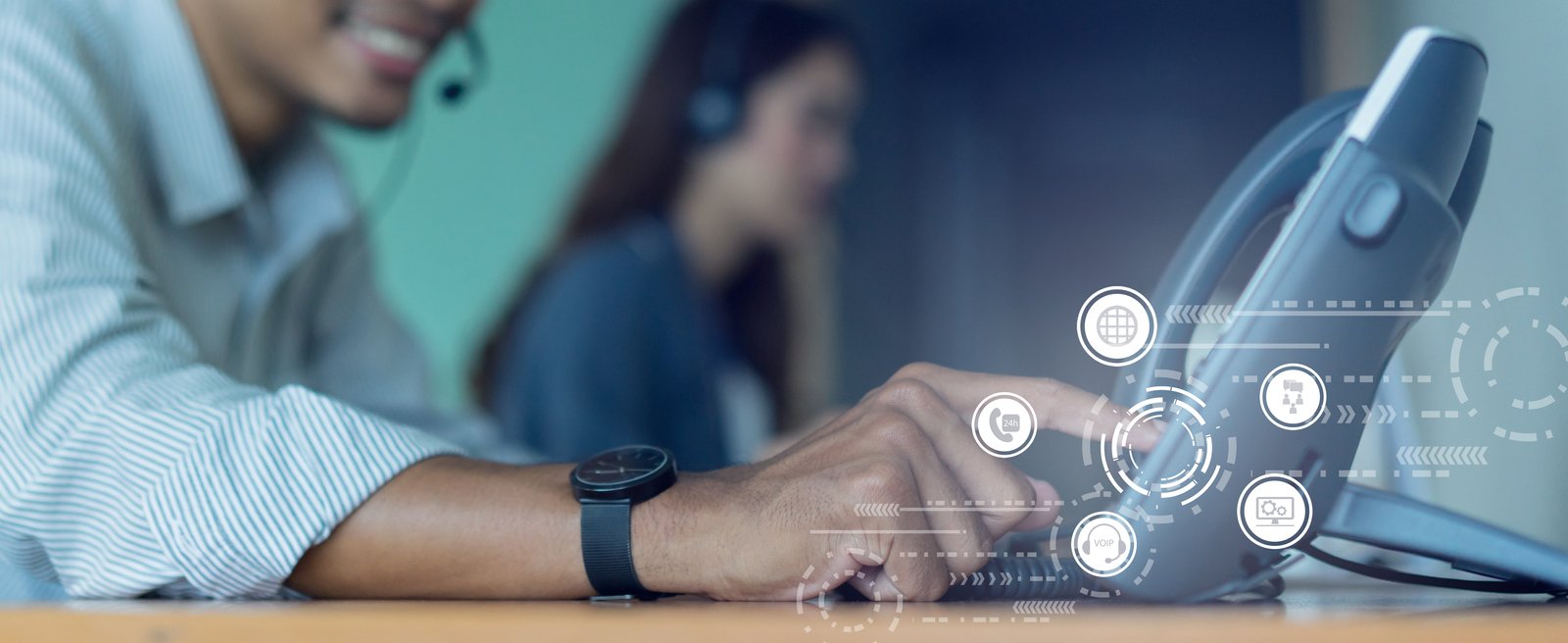

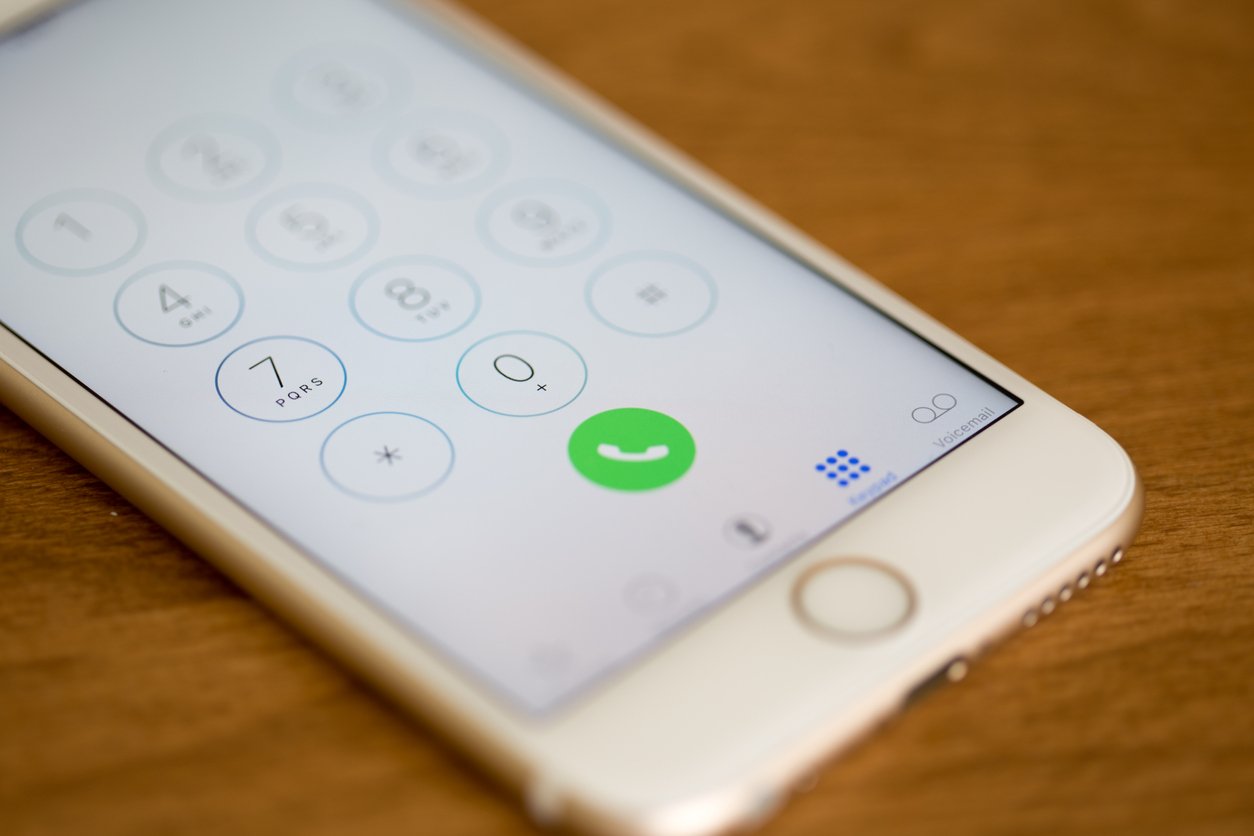





.jpg)


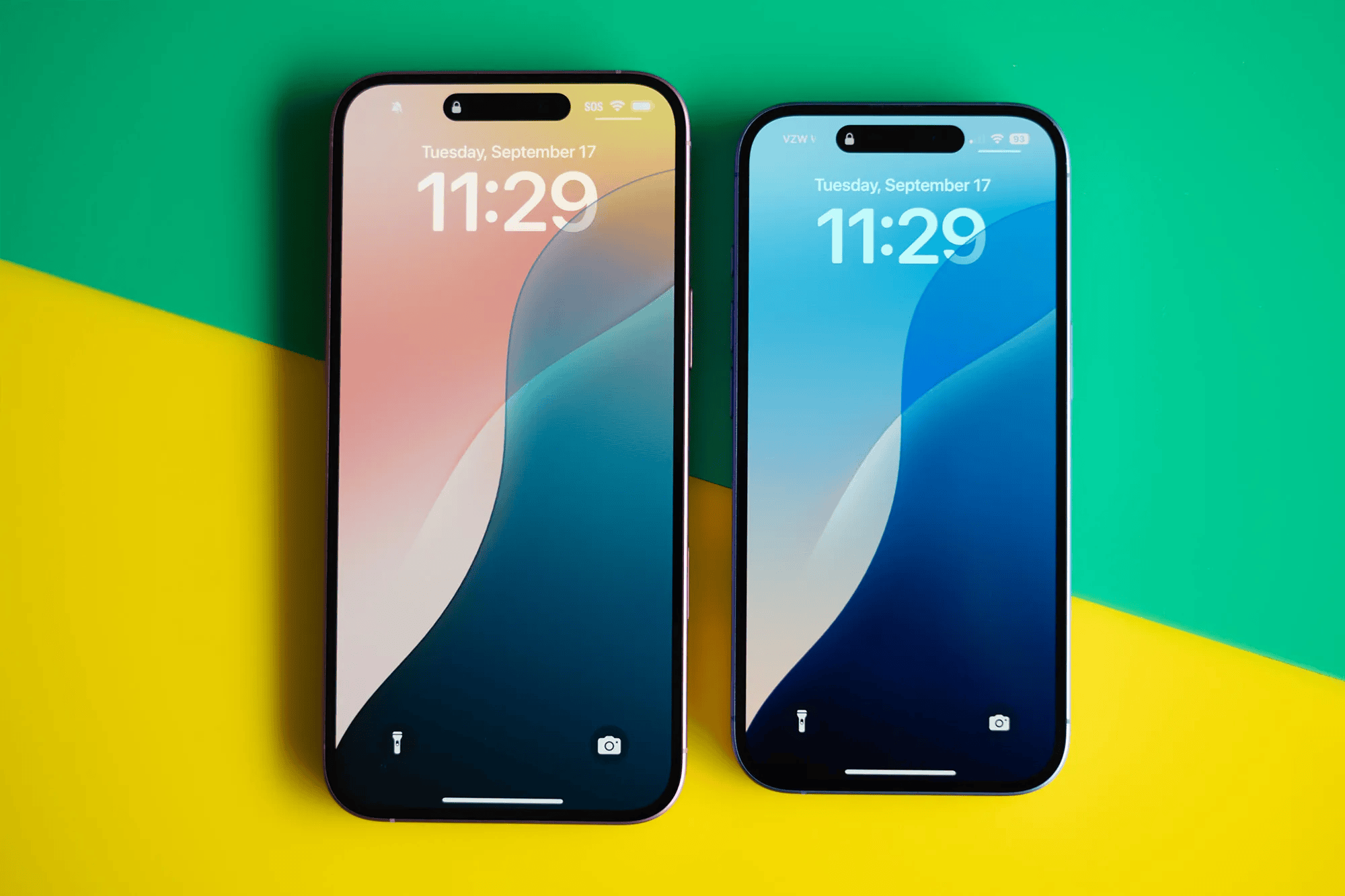

.jpg)
.jpg)








































